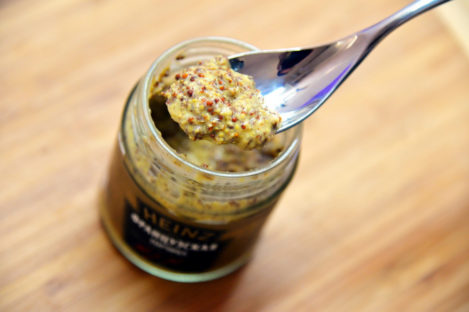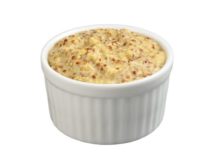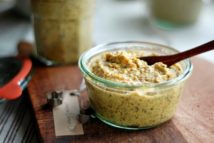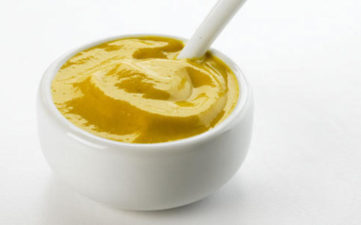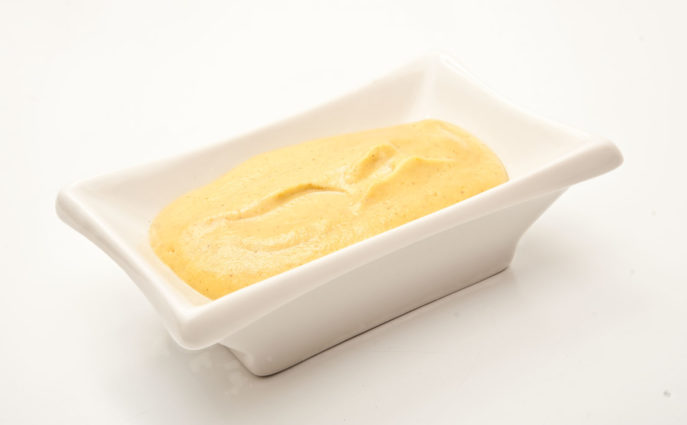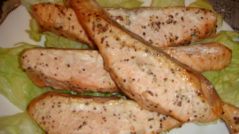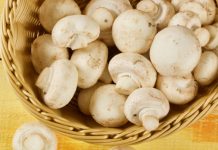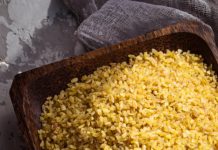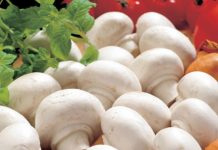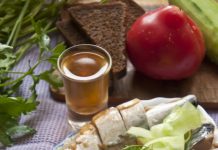Not a single Russian holiday, not a single feast is complete without such a famous seasoning as mustard. There is probably no person who would not know what mustard is and would not taste it. Mustard or Dijon mustard is a special sauce. They have a yellowish tint, from light yellow to greenish, sometimes brownish. This delicious sauce fits many dishes, making the taste of dishes more vibrant, rich and mouth-watering.
Material Content:
What is Dijon mustard, and what is the history of its appearance?
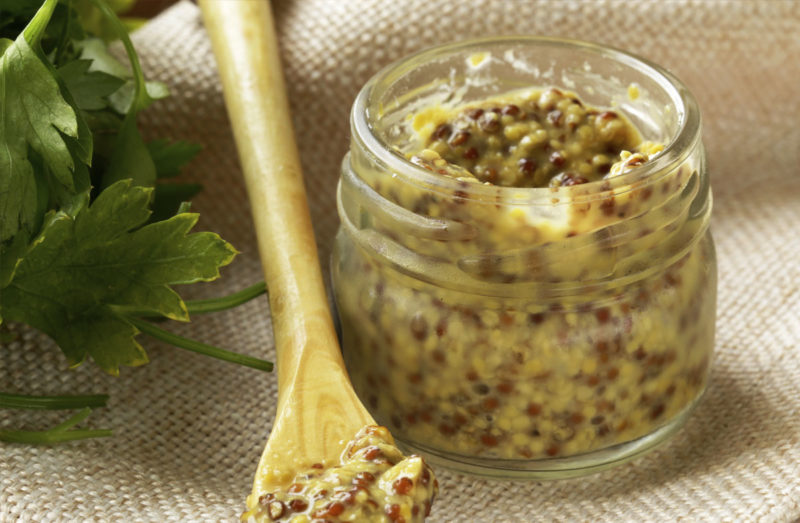
Mustard is produced by grinding seeds, and in some cases, keeping intact, a special plant from the cabbage family. The most popular types of mustard in cooking are black, white and brown. This plant grows almost everywhere, except for the far north, as well as a very hot climate. If you grind the seeds of the plant and taste it, it will be burning and bitter.
This universal spice affects gourmets not only for its taste, but also for medicinal.
Essential oils, special enzymes, trace elements, proteins, as well as vitamins determine the pharmacological properties of this wonderful plant. The substances contained in this product can be used in medicine for the treatment and prevention of many common diseases. The unique healing properties of this plant were known in ancient Rome and Greece, where Avicenna and Hippocrates described them in their works.
In 1747, one Dijon cook invented this sauce with the addition of anchovies, sour juice of unripe grapes called virgus, and capers.Since then, cooks have come up with about 20 variations of the preparation of such a delicious sauce as Dijon mustard, adding garlic, pepper of various kinds, seaweed, tarragon and other spices to it. So what is Dijon mustard? In simple terms, this is a variety of variations in the preparation of ordinary mustard using all kinds of ingredients.
Tasty recipe: making mustard from powder at home
What is the difference between ordinary mustard and Dijon mustard?

The main difference from the Russian version is that, as a rule, it is prepared from special seeds, or rather, from black mustard. The grains undergo a very thorough cleaning from the husks of a dark color and become a beautiful golden hue. This kind of mustard is prepared from whole seeds, without crushing them at all.
Some French chefs also put ground grains, adding refined herbs and spices, in order to give the sauce a great aroma and delicate taste.
To make mustard particularly soft, it is customary to add white wine made from grapes instead of vinegar. If everything is done correctly, then the delicate and soft Dijon mustard will be loved by those gourmets who do not like spicy food.
The Russian type of cooking will allow you to try spicy, burning sauce made from white mustard using mustard powder. And the Dijon option will give you the opportunity to enjoy the delicate, spicy taste of soft, whole grain mustard.
The recipe for Dijon mustard at home
Ingredients:
- 4 tablespoons black or brown mustard seeds
- 20 ml of dry wine, white, from grapes
- 1 clove of garlic
- 1 onion
- 120 g of natural honey
- vegetable oil, a tablespoon will be enough
- salt, enough teaspoon
- half a teaspoon of hot Tabasco sauce
Stages of preparation:
- Grind the garlic with a special press, and chop the onion very finely.
- Mustard seeds must be well peeled, and if you wish, you can grind or even turn it into powder using a combine for the kitchen or coffee grinder.
- Wine is poured into the pan, onion and garlic are added there. Wine is required in order to bring down excessive pungency. This mixture should be cooked on low heat for about 6 or 7 minutes.
- Later, the pan must be removed from the stove and the mixture allowed to cool.
- The broth needs to be filtered so that there are no small particles left from onion and garlic.
- In the filtered broth, ground seeds of the plant or their whole version are added and all this is whipped with a blender or with a whisk.
- In a whipped mixture, add vegetable oil, salt, pour everything into a pan and put it on fire again. You need to cook until a thick, creamy, consistency is formed. Then honey and hot, spicy sauce are added to the pan. Cook mustard for about three more minutes, and then remove from heat.
As a result, the sauce should turn out as thick as sour cream. The cooled sauce must be put in a glass jar and close tightly with a lid. We let it stand in the refrigerator for about three days.
The use of sauce in cooking - recipes
You can eat such delicious mustard with almost anything. Unless it suits sweet dishes.
- Sausages with Dijon mustard will be a wonderful, nutritious and invigorating breakfast.
- Fish dishes go well with mustard instead of tartar sauce.
- Jellied meat with this kind of mustard will not only be a traditional Russian dish, but will also seem refined to any gourmet.
- A variety of meat dishes will show themselves on the new side, seasoned with this sauce.
What can replace Dijon mustard?
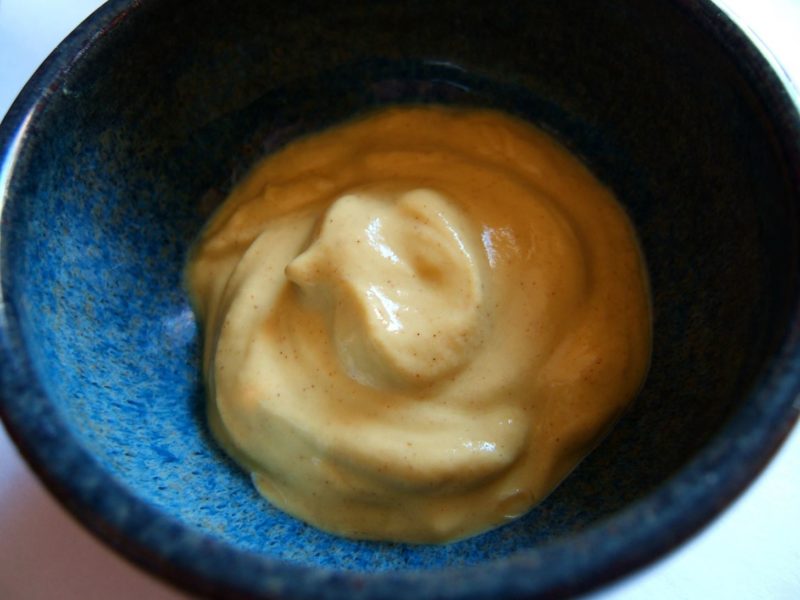
If the cook does not have time for such a long recipe, then you can replace the black seeds with any other or use mustard powder. In addition, you can add diluted vinegar instead of wine.


